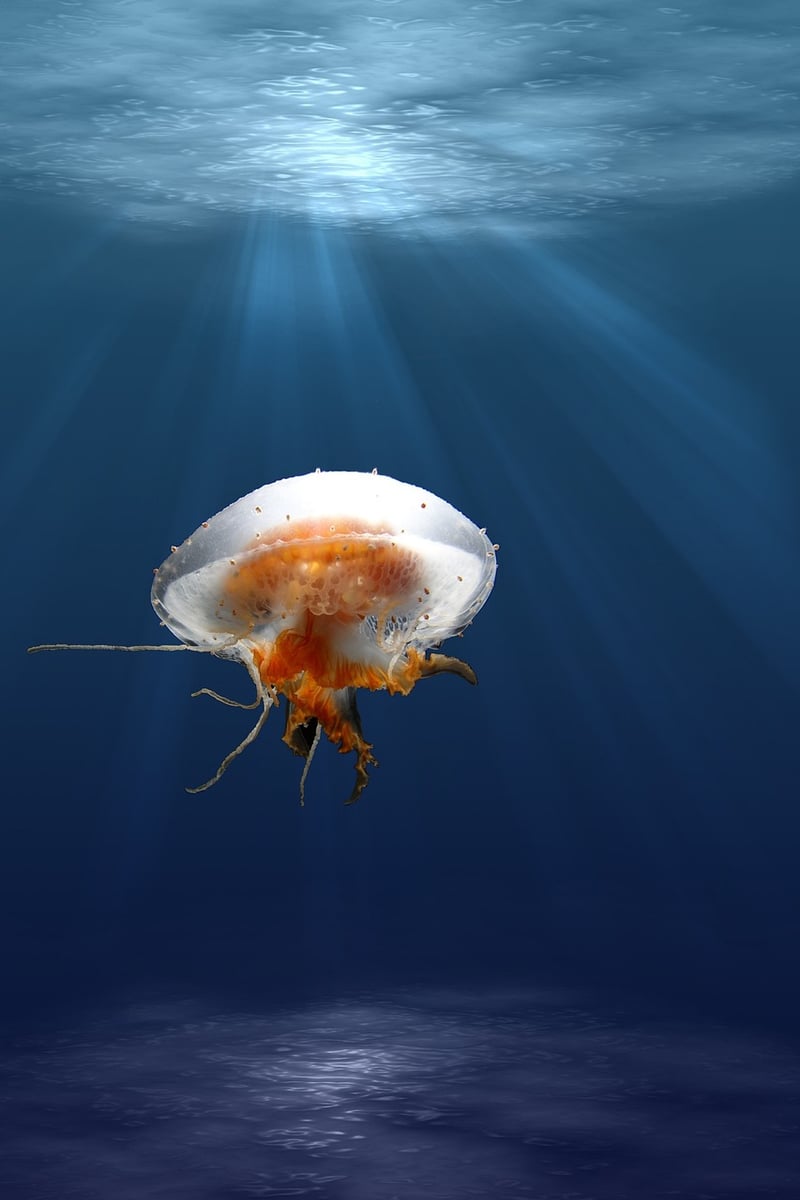Microbial Life on Mars
Seeking Other Life Forms: Microbial Life on Mars
Exploring the possibility of life beyond Earth has been a fascinating subject for scientists and space enthusiasts. Mars, our neighboring planet, has long been a target for such investigation due to its similarities to Earth in the past. One of the key areas of interest is the potential existence of microbial life on Mars.
Why Mars?
Mars is considered one of the most Earth-like planets in our solar system. It has a rocky surface, polar ice caps, and evidence of liquid water in the past. These conditions make it a prime candidate for hosting microbial life forms, similar to extremophiles found in harsh environments on Earth.
Exploration Missions
Several missions have been sent to Mars to search for signs of life. NASA's Curiosity rover, launched in 2011, has been exploring the Martian surface and has found evidence of ancient water and organic molecules, which are essential building blocks of life.
Potential Habitats
Scientists believe that if microbial life exists on Mars, it would likely be found underground where there is protection from the harsh radiation and extreme temperatures on the surface. Martian caves, lava tubes, and subsurface ice are all potential habitats for microbial life to thrive.
Future Prospects
Future missions, such as NASA's Perseverance rover and the European Space Agency's ExoMars rover, aim to further explore Mars and search for signs of past or present life. These missions will collect samples that could be returned to Earth for detailed analysis in the search for microbial life.
Conclusion
While the search for microbial life on Mars is ongoing, the exploration of our neighboring planet continues to captivate the imagination of scientists and the public alike. Discovering even simple forms of life beyond Earth would have profound implications for our understanding of the universe and our place in it.

Image Source: Pixabay
